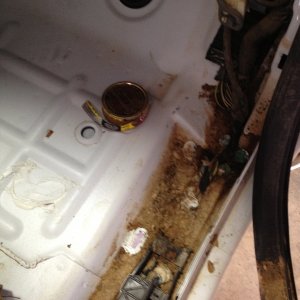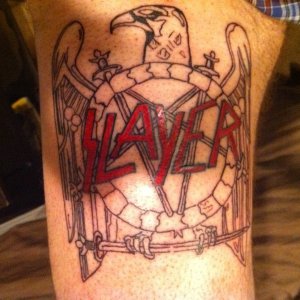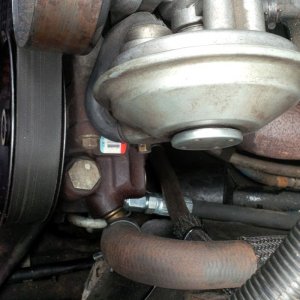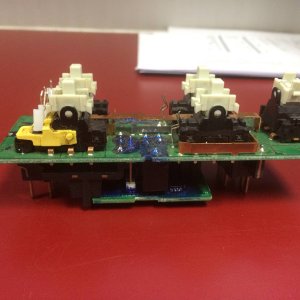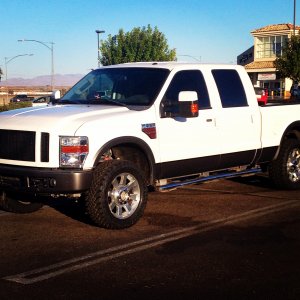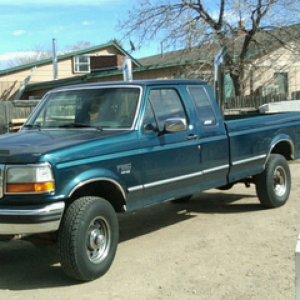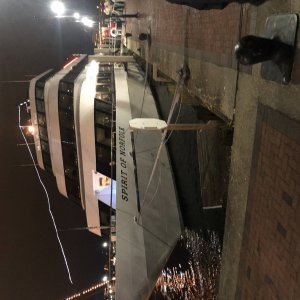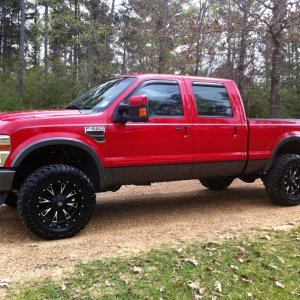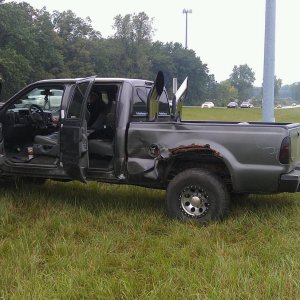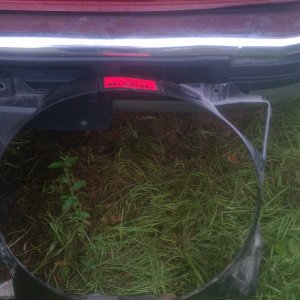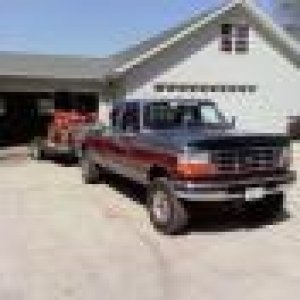This is awesome. I really like the in depth pics.
If/Once you get writing steps down I can take it all and make it into a PDF version with all the pics and description that way if photo bucket every gets screw or something happens to this sight we don't loose everything.
For someone(me) who has an extra 4r100 and is mechanically inclined this is perfect for doing a rebuild.
Thanks TARM
If/Once you get writing steps down I can take it all and make it into a PDF version with all the pics and description that way if photo bucket every gets screw or something happens to this sight we don't loose everything.
For someone(me) who has an extra 4r100 and is mechanically inclined this is perfect for doing a rebuild.
Thanks TARM

